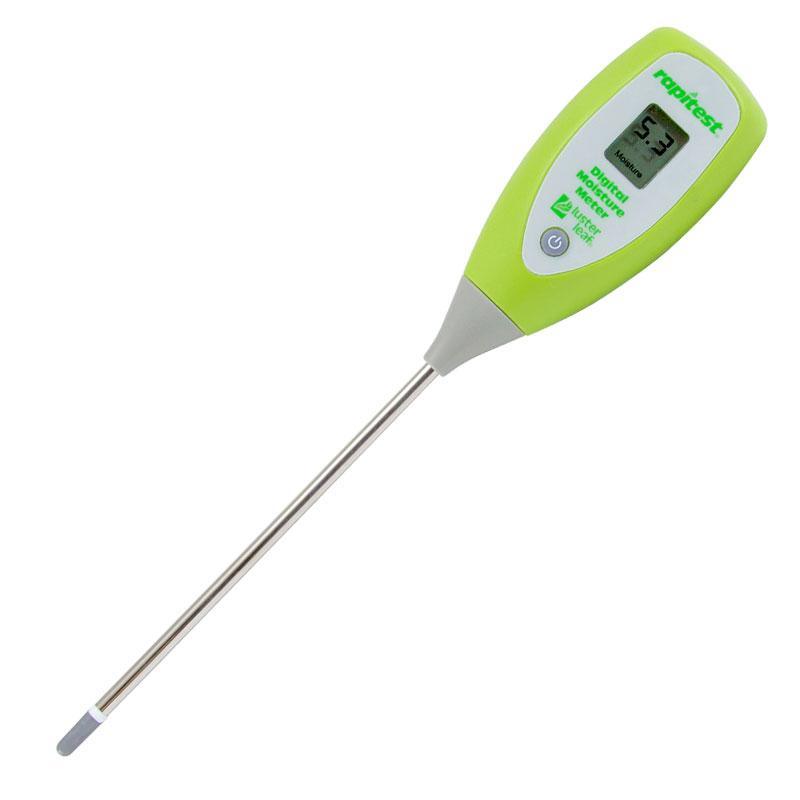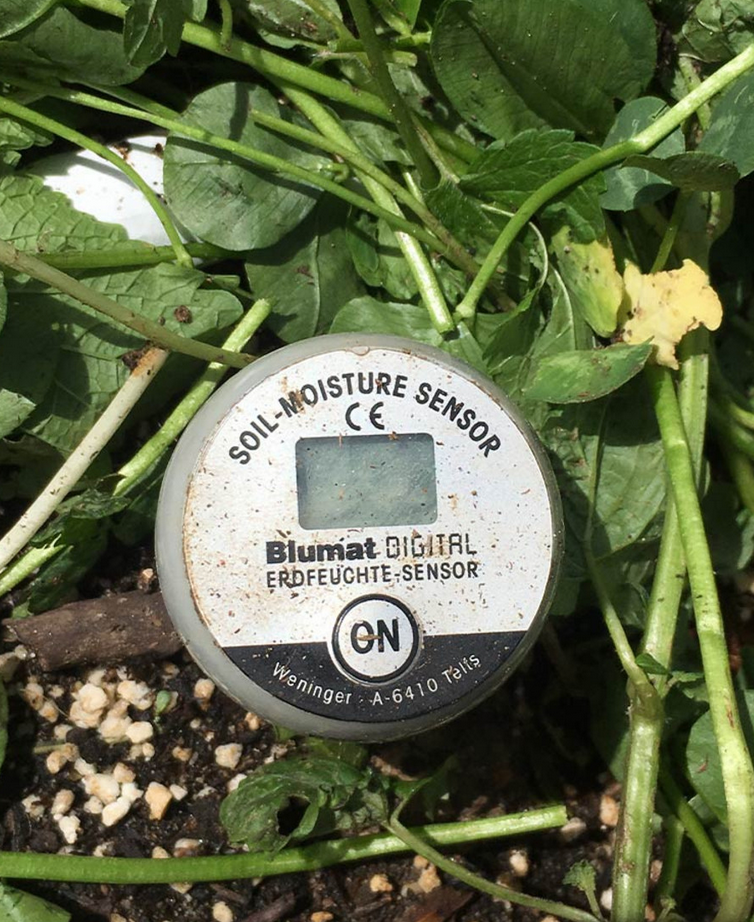The Science Behind Moisture Meters: How They Function and Why They're Essential
The Science Behind Moisture Meters: How They Function and Why They're Essential
Blog Article
Recognizing the Relevance of a Moisture Meter in Avoiding Mold and Water Damages in your house
In the realm of home upkeep, the presence of moisture can usually be a quiet yet powerful opponent, qualified of causing pervasive mold and mildew development and insidious water damage if left untreated. Understanding the relevance of a dampness meter in this fight is not just a choice but a critical need.
Importance of Moisture Detection
Reliable dampness discovery approaches are critical for safeguarding residential or commercial properties and avoiding potential mold and mildew development and water damage. Wetness can permeate right into numerous structure materials, resulting in structural issues and carcinogen. By making use of a dampness meter, building proprietors can proactively determine areas vulnerable to excess moisture, permitting for prompt treatment and reduction strategies.
Moisture meters provide exact analyses of dampness degrees in various materials such as concrete, wood, and drywall. This information assists in pinpointing areas of issue, even in hard-to-reach or concealed areas. Early detection of moisture build-up makes it possible for punctual repair services or modifications to avoid additional damage.

Just How Moisture Meters Job
Dampness meters play a pivotal role in the positive identification of excess moisture, helping in the avoidance of possible mold and mildew growth and water damage by offering accurate analyses of wetness degrees in different structure products. Some advanced moisture meters integrate both pin and pinless technologies for extensive wetness detection. Comprehending exactly how moisture meters feature is essential for timely and precise dampness degree evaluations, allowing effective precautionary procedures versus mold and water damage.
Finding Early Warning Signs
Upon preliminary examination of a residential or commercial property, acknowledging subtle indications of excess moisture becomes vital in the very early detection of potential mold growth and water damages. Water spots can indicate leakages or seepage, while peeling paint or wallpaper might be an outcome of wetness jeopardizing the attachment of these products to the surface area. Additionally, a boost in allergic reaction signs and symptoms or breathing issues among owners may recommend the presence of mold and mildew due to excess moisture.
Protecting Against Mold Growth
Acknowledging very early warning indicators of excess wetness within a residential property not just allows timely discovery of prospective mold development and water damages but also acts as an aggressive step in protecting against the expansion of mold and mildew. To efficiently stop mold growth, it is essential to deal with any sources of dampness immediately. This can include dealing with leakages in pipes, roofs, or home windows, guaranteeing correct ventilation in damp areas like cooking areas and bathrooms, and utilizing dehumidifiers in high-humidity spaces. Routinely keeping the home and inspecting's plumbing, roof covering, and gutters can additionally help in avoiding water breach that could result in mold growth.
In enhancement to attending to moisture resources, keeping indoor humidity degrees listed below 60% can substantially inhibit mold and mildew growth. Proper ventilation, appropriate insulation, and using recommended you read a/c or followers can aid manage interior moisture degrees. Monitoring moisture levels in locations my company vulnerable to dampness, such as cellars and creep rooms, making use of a dampness meter can likewise aid in very early discovery of raised dampness levels and potential mold development. By taking positive procedures to stop excess wetness and mold and mildew development, home owners can protect their residential property and interior air high quality.
Advantages of Normal Monitoring
Regular tracking of moisture levels in a residential property can play a vital duty in keeping a healthy interior setting and protecting against prospective mold and water damage. By consistently inspecting moisture degrees, homeowners can detect any issues without delay and take required actions to avoid mold and mildew development and water damage.
Moreover, normal tracking allows house owners to track patterns and patterns in dampness levels over time. Eventually, the constant monitoring of wetness levels empowers home owners to secure their property, protect their wellness, and maintain the honesty of their interior setting.

Conclusion

By making use of a wetness meter, building owners can proactively determine areas prone to excess wetness, allowing for timely treatment and reduction methods.

Checking wetness degrees in areas susceptible to wetness, such as basements and creep spaces, making use of a wetness meter can likewise aid in very early discovery of raised moisture levels and possible mold and mildew development. (Moisture Meter)
Report this page